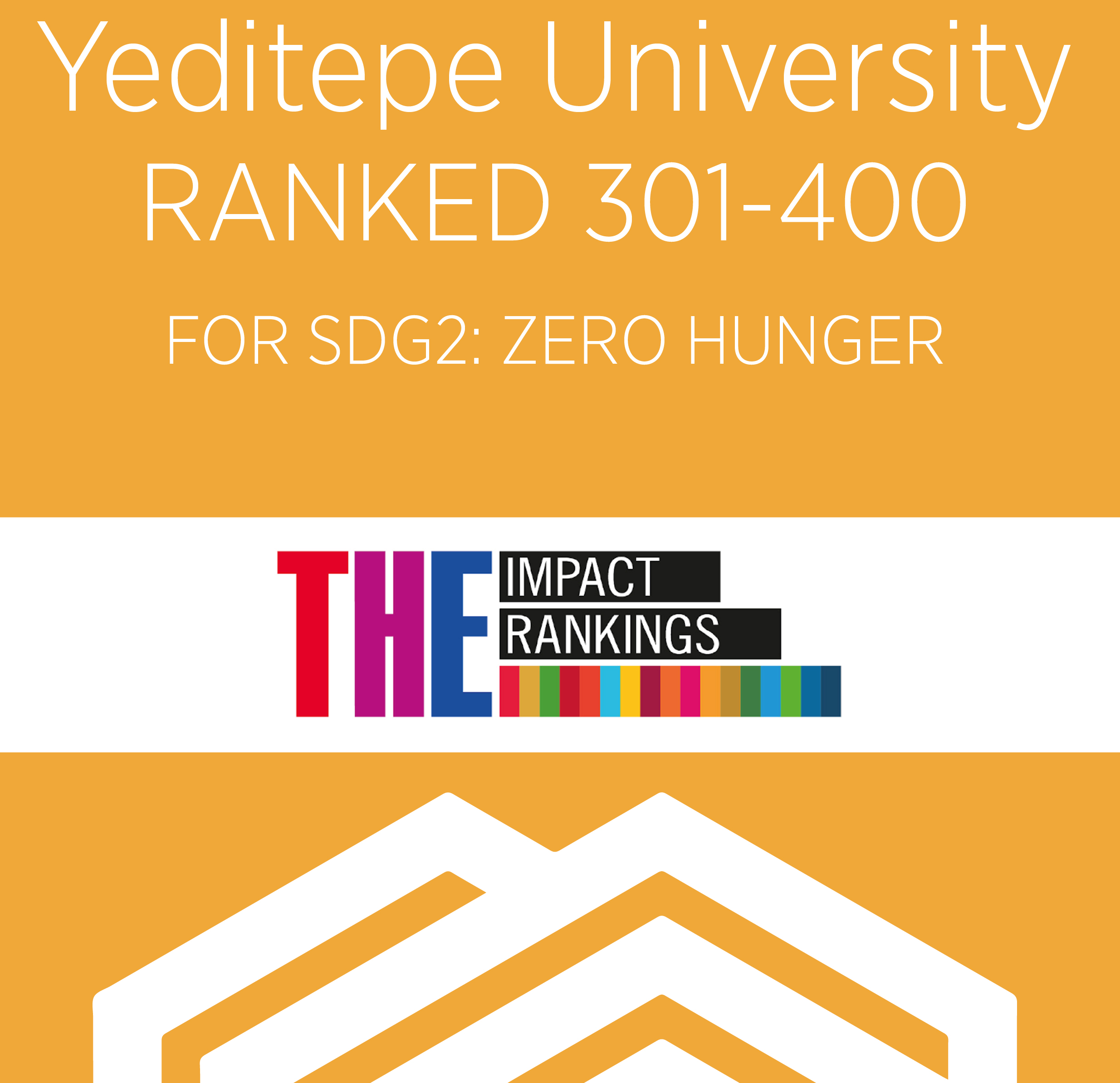What is "Zero Hunger"?
Yeditepe University is committed to advancing SDG-2: Zero Hunger through a comprehensive and integrated approach that strengthens food security, sustainable food systems, and community well-being. While global hunger continues to rise due to climate change, economic inequalities, and disruptions in food systems, the University actively contributes to building resilience by improving access to healthy, affordable, and sustainable nutrition on campus and supporting local agricultural development.
As a signatory to the Presidents United to Solve Hunger (PUSH) initiative, Yeditepe University pledges to combat food insecurity both on campus and in the wider community. This commitment is reflected in its structured interventions, including the Meal Scholarship scheme, free and subsidised dining services, vegetarian and vegan food options, and free nutrition and dietetics counselling for students and staff. The University also ensures inclusive food access during specific periods such as Ramadan through food-aid packages for lower-income service personnel.
Through its Sustainable Food Systems framework, Yeditepe monitors and reduces food waste, achieving more than a 50% decrease between 2019 and 2023. This system ensures compliance from both internal and outsourced catering services and supports responsible consumption practices.
Beyond campus boundaries, the University enhances local food systems by providing farmers and food producers access to YÜ-AGAM’s laboratories, food-safety technologies, educational materials, and testing services. Events such as World Food Day panels foster collaboration among farmers, academia, policymakers, and industry stakeholders to encourage innovation and sustainable agricultural practices. By prioritising locally sourced and sustainable products, Yeditepe further strengthens regional food networks and supports environmentally responsible procurement.
Overall, Yeditepe University demonstrates a strong institutional commitment to fighting hunger, building sustainable food ecosystems, and promoting long-term community resilience reflecting its role as an active contributor to the global Zero Hunger mission.
Yeditepe University, Department of Genetics and Bioengineering R&D and Production Greenhouses is consisted of 3000 square meters modern closed glass greenhouse and hangar area within a 9500 square meters land.

